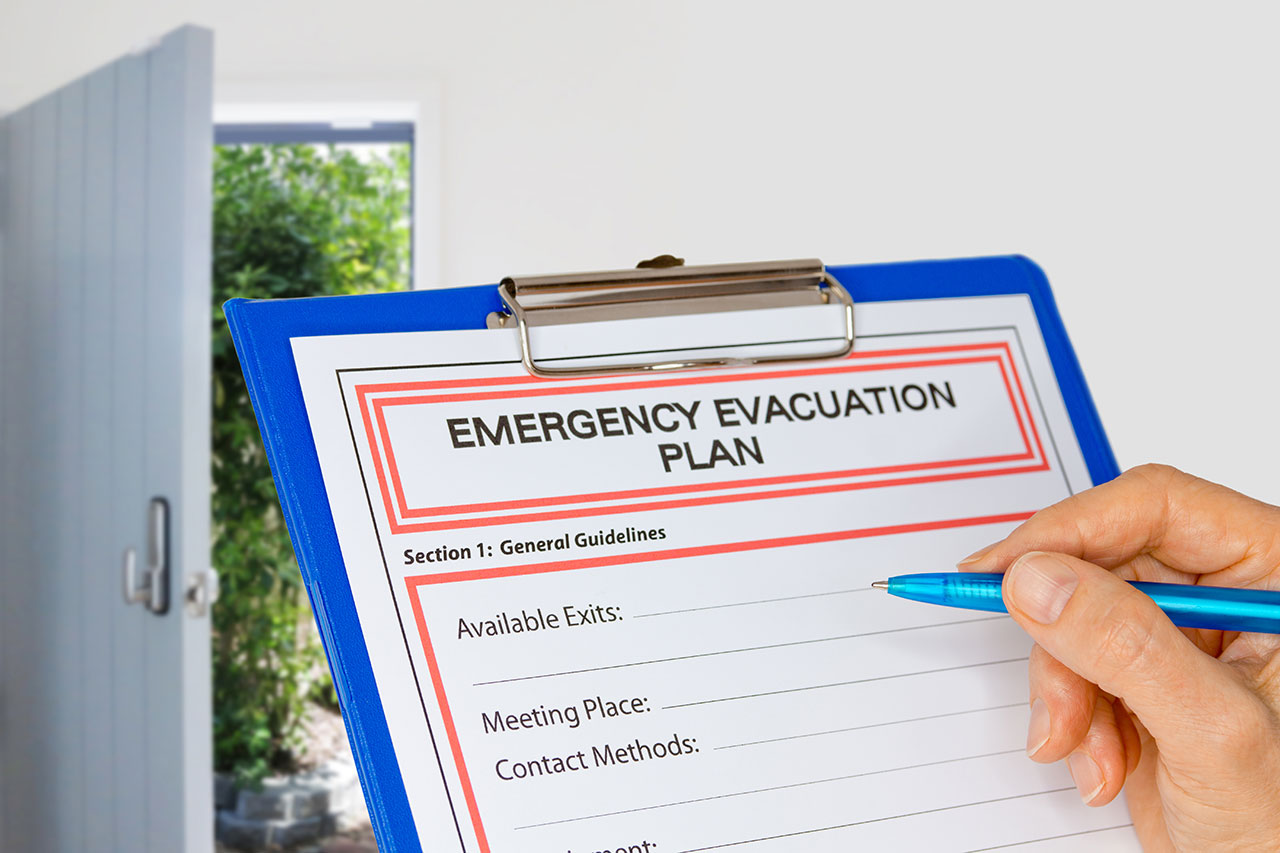Kathy’s Home & Garden Tips – Fire Emergency Escape Plans

Most of us have smoke alarms and carbon monoxide detectors in our homes, but that is usually the extent of our planning. The majority of people surveyed estimated they would have at least six minutes to escape a fire in their home. However, the reality is it’s more like two minutes. Take some time this fall to create an emergency plan and make sure to practice it. 71% of Americans have escape plans but only 47% have practiced them.
There should be two ways to escape every room in your home. Second floor windows should have a rope ladder to safely escape in case the fire blocks the door. Basements that don’t have an outside access door need at least one window, preferably two, that opens to the outside. If it’s necessary to have security bars on your lower floor windows, make sure they are equipped with quick release mechanisms. Make sure all family members practice opening them quickly.
Share your plans with guests. Tell everyone the locations of alarms and give them knowledge of all exits. If you have a written plan, share that too. It might be difficult to bring up this subject before sleepovers with parents, but it’s great if all the kids coming over know how to get out in case of a fire. A quick pre- party visit can tell you all you need to know. Young adults going off to college can also benefit from fire escape planning. There can be much more chaos in a large building with many people, so knowing your escape routes is imperative. If your kids are living off campus, have a plan similar to your home: two exits from every room.
In our day-to-day lives, we can always be aware of fire safety. Just looking around and noticing your surroundings can be a great help. When you go into a large building, such as a doctors’ office, take notice of the fire exits. All buildings will have exit routes posted, usually near the elevators. Always avoid elevators in an emergency. In case of any emergency, walk calmly and quickly to the nearest stairwell, exit the building, and get well away.
Smoke alarms should be placed outside every sleeping area on every level of the house. If possible, they should be all connected so if one goes off, they will all sound. Demonstrate to everyone what the alarm sounds like. Tell them when they hear the alarm, it’s time to get out, not to investigate where the fire is. Remember, in most fires you have two minutes to get out. Keep all smoke alarms working by testing them regularly and replacing every 10 years.
KATHLEEN WEAVER-ZECH & DEAN’S TEAM CHICAGO


